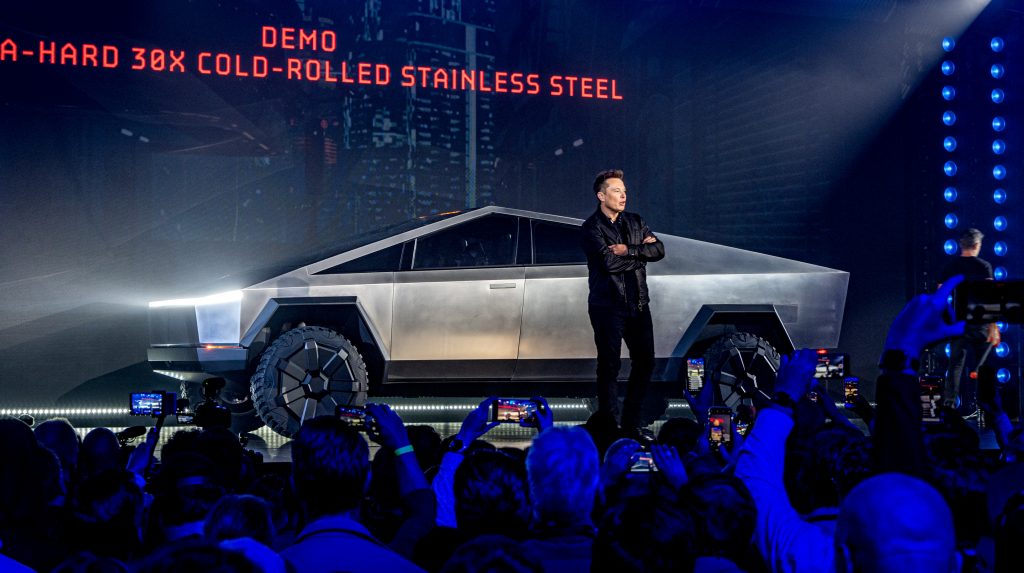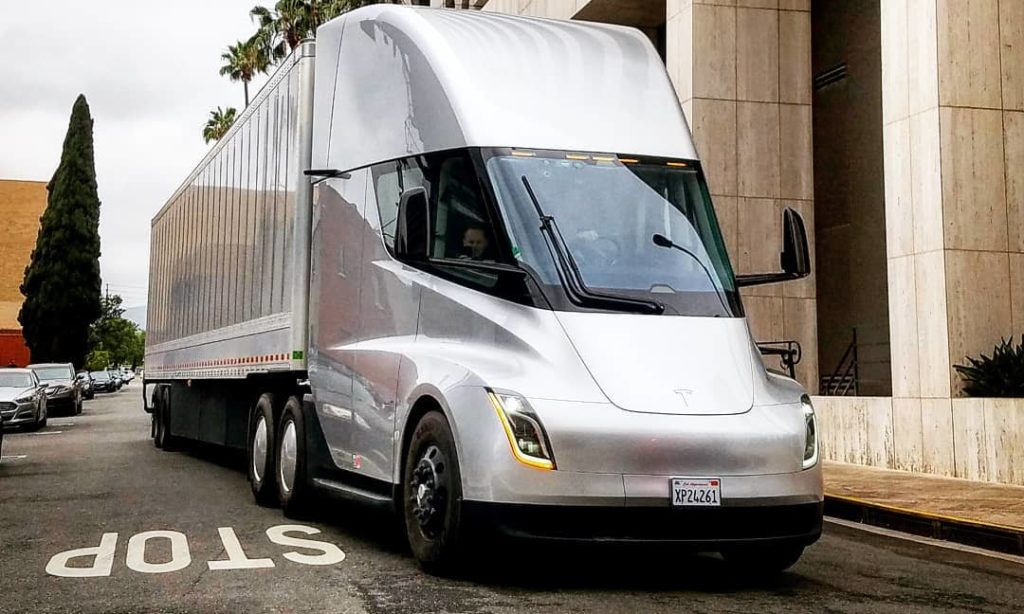Elon Musk has remarked that Tesla has arguably the most exciting product roadmap of any company today. With vehicles like the Semi and the Cybertruck coming in the pipeline, this statement rings true. But things will not be as easy as simply setting up production lines for the upcoming vehicles. For Tesla to properly ramp the Semi, for example, the company would have to make sure that it can get enough cells for the vehicle first.
Producing electric cars is no easy task, and a lot of the challenges in EV making are connected in one way or another to vehicles’ batteries. This is something that is being learned by veteran carmakers like Jaguar today, as inadequate supply from battery companies like LG Chem has resulted in a halt of production for premium EVs like the I-PACE. Tesla is certainly aware of the battery supply challenges that EV makers face. This is one of the reasons why Gigafactory Nevada was constructed.
Giga Nevada was built to support the company’s Model 3 ramp. Designed to manufacture the 2170 cells of the Model 3 with battery partner Panasonic, the massive facility forms the backbone of Tesla’s first foray into the mass market. But the story lies far beyond the Model 3 today. Tesla has an even higher-volume vehicle coming, the Model Y. The Cybertruck will likely sell in large volumes too, provided that the market embraces it. Just like the all-electric pickup, the Semi might see sufficient demand from the trucking market once it’s released as well, considering the cost benefits that the vehicle offers.

Tesla is in a constant state of change, and this cannot be represented better than the company’s batteries. President of Automotive Jerome Guillen has noted that Tesla’s batteries are never static since they’re always being improved. Today, it is becoming more and more evident that Tesla’s batteries are among the best in the industry, particularly when it comes to energy density. Coupled with its vertically-integrated software, Tesla’s batteries can give vehicles impressive range even if they are not too large.
The Model 3, for example, can squeeze out over 320 miles of range from a 75 kWh battery, and the Model S Long Range Plus can get 390 miles from a 100 kWh pack. This matters a lot, and it shows just how far ahead the company is when it comes to its batteries and their energy density. And this, ultimately, will likely help the company secure enough battery cells to support the ramp of its upcoming EVs, including the Semi and the Cybertruck, both of which are large vehicles that would usually require a massive pack to hit their target range.
Tesla lists the Semi with a range of 300 to 500 miles. The company never announced the size of the Semi’s battery pack, but considering that the vehicle is a Class 8 truck that can accelerate from 0-60 mph in 20 seconds with a full load, speculations for the vehicle’s battery from the EV community included estimates that were as high as 1 MWh. The same concept applies to the Cybertruck. The vehicle is very heavy, and it is expected to have over 500 miles of range. To get this range, a large battery pack would usually be required.

But with Tesla’s constant innovations on its batteries, this does not necessarily have to be the case. Considering that Tesla is closing in on 400 miles per charge on a 100 kWh pack with the Model S, there is a good chance that its next vehicles like the Cybertruck and Semi will be equipped with fewer, but more energy-dense cells than initially expected. Tesla has pretty much developed the skill of drawing out as much range as possible from every cell in an EV, so it’s not too farfetched to infer that the company will be very efficient with the batteries of its upcoming vehicles.
More energy-dense batteries will be key to lowering production costs as well. Tesla may be drastically reducing its battery costs, but the packs themselves still comprise a huge portion of each of its vehicles’ prices. If Tesla can use slightly smaller packs that are still capable of providing optimum range, Tesla can make sure that its EVs like the Semi and the Cybertruck will be as competitive as possible when they enter the market.
The Tesla Semi and the Cybertruck are competing in the trucking and pickup market, two very lucrative segments in the automotive industry. Interestingly, both segments are also ripe for disruption, with most veterans such as Freightliner and the Ford F-150 sticking to tried and tested strategies to thrive today. Tesla needs a key to ensure that it can have a fighting chance when it enters the trucking and pickup segment with the Semi and Cybertruck. If challenges faced by electric car makers today are any indication, it appears that batteries and their energy density will be the difference-maker. Fortunately, these just happen to be two things that Tesla has been obsessively pursuing since the company was founded less than 17 years ago.

(adsbygoogle = window.adsbygoogle || []).push({});
<!–
–>
var disqus_shortname = «teslarati»;
var disqus_title = «Tesla’s battery strategy will be key to Cybertruck and Semi’s market disruption»;
var disqus_url = «https://www.teslarati.com/tesla-batteries-energy-density-pickup-semi-market/»;
var disqus_identifier = «teslarati-130792»;

